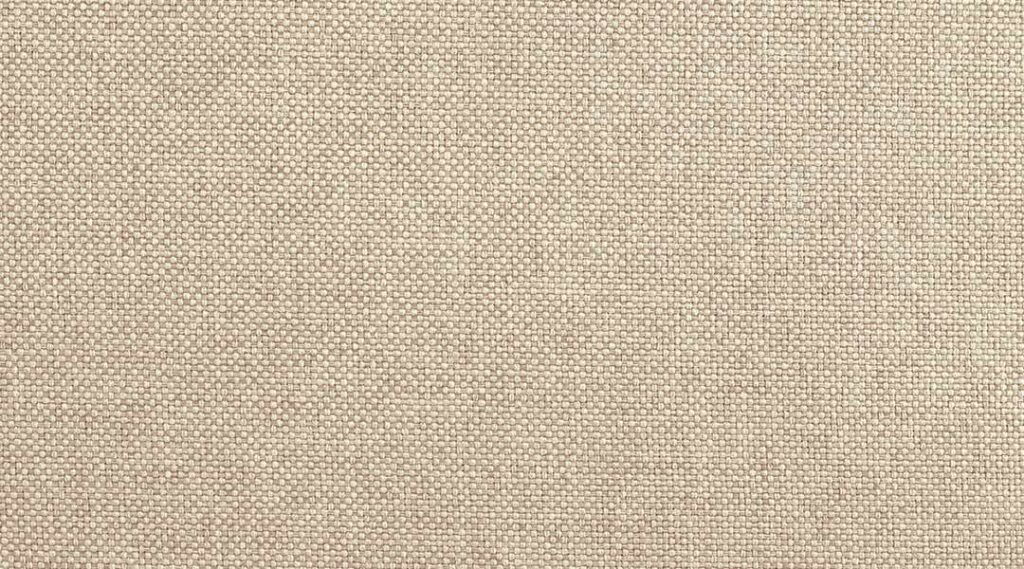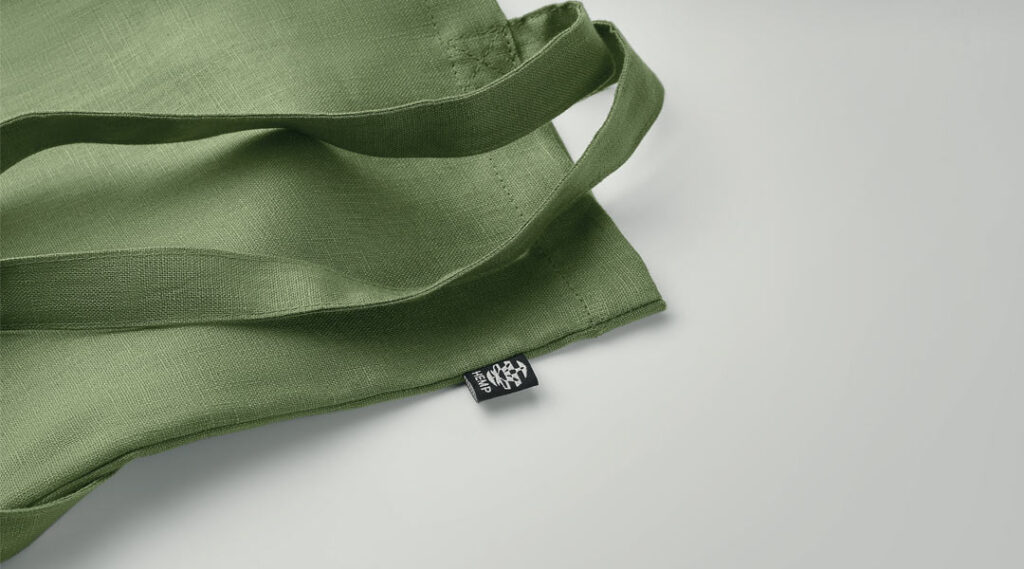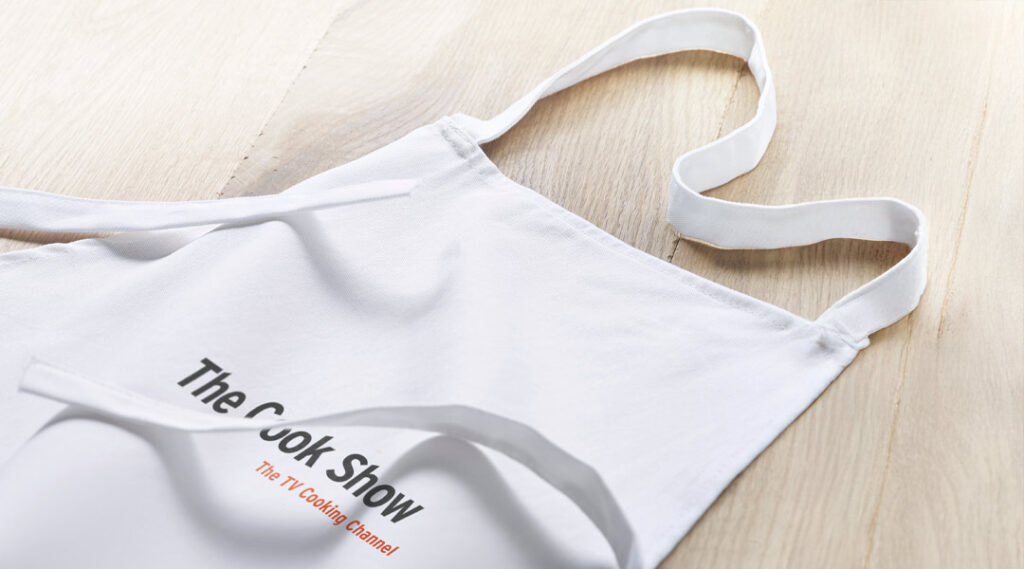
Fabric weight is one of the most crucial aspects to take into account when purchasing textile-based goods, such as scarves, T-shirts, or tote bags. This property is crucial in assessing a material’s performance, quality, and longevity. However, what does it mean, and why is it important to consider?
What Is Fabric Weight and How Is It Measured?
The weight of a textile, measured in grammes per square metre (g/m²), is referred to as its fabric weight. Simply put, it indicates the amount of raw materials, such as fibres and weaves, that are crammed into a specific section of fabric. The type of textile and the product’s intended use determine the value.

To measure fabric weight, just follow three straightforward steps:
- 1. Cut a fabric sample of a known size – 1 metre x 1 metre, for instance.
- 2. Weigh the sample using a precision scale.
- 3. Divide the sample’s weight (in grams) by its surface area (in m²).
Example: If a piece of fabric measuring 0.5 m² weighs 50 grams, the fabric weight is 50 ÷ 0.5 = 100 g/m².
This international standard is widely recognised in the textile industry and helps compare different materials easily while also simplifying cost and usage calculations.
Why Fabric Weight Affects the Look, Feel and Function of Products
You can learn more about a garment or accessory’s breathability, comfort, stretch, durability, and other qualities by knowing its fabric weight. We’ve divided them into four groups to help you better grasp the real-world applications:
60–120 g/m²
Extremely light and breathable fabrics with excellent airflow. Ideal for warm climates and summer use. These materials drape softly but offer lower abrasion resistance. Common uses include lightweight T-shirts and blouses, scarves, dress linings, and summer sheets or pillowcases.

120–180 g/m²
A perfect middle ground between lightness and structure. These fabrics are breathable, slightly more durable, and maintain a good level of flexibility. You’ll often find this weight in casual dresses and shirts, foldable backpacks, shopping bags, hand towels, and beach wraps.
180–250 g/m²
These textiles offer a more defined structure with moderate thermal insulation and high durability. They are less likely to stretch out of shape and provide a high-quality feel. Fabrics in this range are often used for chinos and light jeans, softshell jackets, aprons, tablecloths, and bath towels.

Over 250 g/m²
Heavy-duty, robust materials designed for frequent or extreme use. They provide excellent thermal insulation but lower breathability. You’ll find this weight in luggage and rucksacks, thick rugs, and promotional jackets with logos.
Fabric Weight vs. Fabric Thickness – Not the Same!
A common misconception is that fabric weight and thickness are the same thing. While they’re often linked, they measure different characteristics and serve different purposes.
| Characteristic | Fabric Weight (g/m²) | Fabric Thickness (mm) |
|---|---|---|
| Measures | Weight per area | Physical depth of the fabric |
| Unit of Measure | Grams per square metre | Millimetres |
| Affected by | Thread density and weave count | Fabric type, finish and loft |
| Practical Impact | More weight = more warmth and durability | More thickness = more body and structure |
Therefore, a thick fabric does not always imply that it is heavy; it may have a low fabric weight. Similarly, if a fine fabric is dense and tightly woven, it can still feel substantial.
In Summary
Understanding fabric weight can help you choose the right product for the right purpose. Whether you’re browsing branded T-shirts or branded bags, knowing the g/m² of your chosen material ensures your items meet expectations in both form and function.